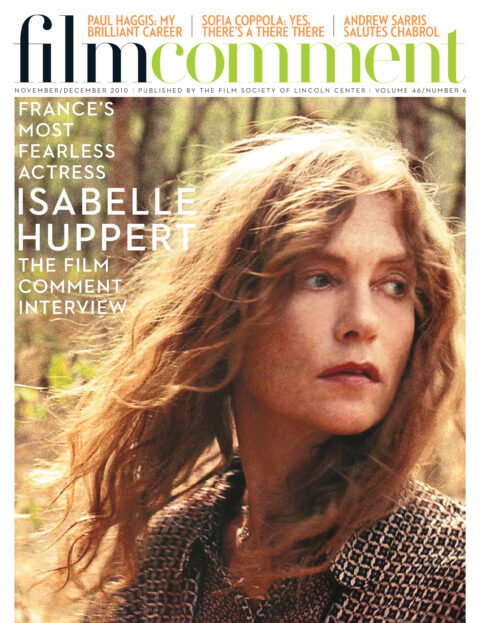
Early in Black Swan, artistic director Thomas Leroy concludes his personal synopsis of Swan Lake with the declaration that only in death does its troubled heroine find freedom. Leroy is played by Vincent Cassel, whose triangular head always reads to me as unambiguously villainous, and his detached yet portent-soaked description of Tchaikovsky’s ballet, along with his Continental accent, immediately bring to mind a similar moment in what remains the most enduring film set in the world of ballet, The Red Shoes. “Time rushes by. Love rushes by. Life rushes by…” pronounces Anton Walbrook’s flamboyantly pompous and undeniably seductive Lermontov. Leroy differs from Lermontov mainly in that he quite clearly isn’t either gay or celibate. Rather, in the time-honored way, he’s a brazenly carnal predator, using sexual intimidation as a form of manipulation to goad his young dancers toward his own standard of excellence.
But the dancer he casts in the schizophrenic dual role at the center of his iconoclastic production, a role requiring displays of both purity and prurience, is one Nina, played by Natalie Portman as an anxious naïf. Nina is technically gifted but short on sensuality, or to be blunt, sluttiness—the quality it seems Leroy’s really after. Nina appears to have led a fairly sheltered life in Manhattan, where she still lives with her mother, Erica (a witchy-looking Barbara Hershey). Having once tried to make it in dance herself, only to be thwarted by pregnancy and, perhaps, mediocrity, Erica seems at once suffocatingly supportive and hell-bent on Nina’s never exceeding her own middling success. She is neurotically overprotective, constantly calling to check up on Nina, and warning her away from those filthy boys. Erica’s peripheral yet essential role in Nina’s story gradually reveals Black Swan as less indebted to The Red Shoes than to Brian De Palma’s Carrie. That Darren Aronofsky’s latest is a horror film is a fact that only gradually creeps up on you.</p>

As different as the cultures of exhibition wrestling and ballet may be, Black Swan makes for a companion piece to Aronofsky’s previous film The Wrestler, which Black Swan’s co-scenarist Mark Heyman had a hand in. Like The Wrestler, Black Swan is grounded in athleticism, studies the limits of the body, and considers the ways it inevitably betrays us. It takes pains to render almost palpable the sensation of flesh and bone being pushed and punished. There are extreme, at times unnerving, close-ups of cracking feet, goose bumps, and bloody broken nails. Our heroine seeks a fleeting sense of liberation though self-mutilation and, following Leroy’s instructions, masturbation, a habit with which she’s apparently little acquainted, which is one of the major tip-offs that something about Nina isn’t quite right.
Unlike The Wrestler, Black Swan’s insistent attention to physicality proves to be only a bridge built to usher us toward the film’s destination, the realm of drugs and violent mental disorder, allowing Aronofsky to surrender his mise en scène completely to expressionistic subjectivity. The model for this sort of psychodrama might be Ingmar Bergman, particularly once we factor in the key doppelgänger role played by the almost shockingly effective Mila Kunis as a rival dancer. But again, Aronofsky’s approach feels closer to De Palma, determinedly sensationalistic, though minus the compulsive self-reflexivity. Which is to say that for all his command of adrenalized, propulsive narrative and his dazzling technical facility, Aronofsky’s study in female hysteria ultimately favors frenzy over compassion or insight—and remains strictly skin-deep.








